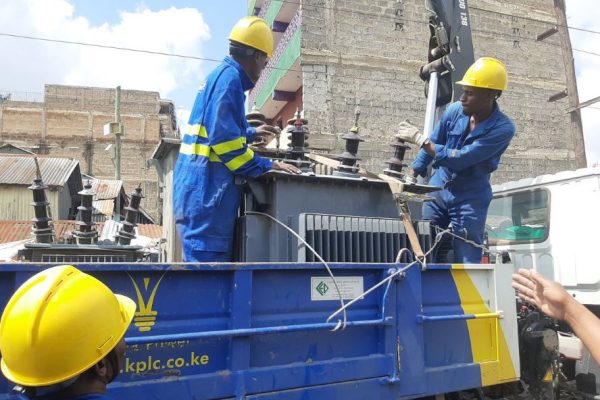
TrendBlend Hub – Leading Advertising and Marketing Company
Leading Advertising and Marketing Company -Embark on a transformative journey of marketing excellence with TrendBlend Hub, a true trailblazer in Nairobi’s dynamic advertising and media landscape. Furthermore, our unwavering commitment to innovation and client success establishes us as the preeminent choice for companies in pursuit of impactful marketing solutions in Kenya. About TrendBlend HubAt the core of TrendBlend Hub lies a steadfast commitment to versatility. Moreover, our approach transcends mere service provision; we meticulously craft dynamic and tailored solutions to adeptly meet the ever-evolving needs of our esteemed clients. Spanning from keeping you abreast with global news updates to implementing strategic advertising, innovative marketing campaigns, engaging blogging services, and specialized product placement, TrendBlend Hub emerges as your ultimate destination for comprehensive marketing excellence. Additionally, it proudly holds the distinction of being recognized as the Best Media House in Kenya, solidifying its standing as an industry leader. TrendBlend Hub Services Online Reach and ImpactTrendBlend Hub’s success transcends mere service provision; it’s synonymous with impactful outcomes. Furthermore, boasting an online reach extending to over 5 million individuals, our services seamlessly translate into tangible and measurable results. Beyond mere connection, we actively engage, strategically ensuring that your brand’s narrative resonates far and wide, leaving an indelible impression on your discerning audience Why Choose TrendBlend Hub Choosing TrendBlend Hub is choosing a strategic partner committed to your brand’s success. Additionally, our services go beyond the conventional, offering a holistic approach that combines innovation, data-driven strategies, and a deep understanding of the Kenyan market dynamics. From planning to execution, we are the catalysts for your brand’s journey to unparalleled success. SEO Elements – TrendBlend Hub StrategySecuring your brand’s online visibility is of utmost importance, and TrendBlend Hub stands out as an expert in optimizing this crucial aspect. Furthermore, our SEO-approved elements, encompassing meticulously crafted titles, relevant slugs, strategically placed meta tags, and keywords finely tuned to the nuances of the Kenyan advertising and marketing landscape, not only ensure your brand stands out but also flourishes within the dynamic digital realm. ConclusionIn conclusion, TrendBlend Hub isn’t just a service provider; we are architects of marketing success. Our expanded services encapsulate the essence of comprehensive marketing solutions, propelling your brand beyond boundaries. Lastly, partner with TrendBlend Hub and immerse your brand in a world where innovation meets impact, and success becomes a tangible reality in the dynamic landscape of Kenyan business. We are the Leading Advertising and Marketing Company in Kenya. TrendBlend Hub Contacts Information: Website: Click HerePhone Number: +254 743 149 267 | + 254 738 352 258Emails: info@beseenlimited.com | sales@beseenlimited.com





